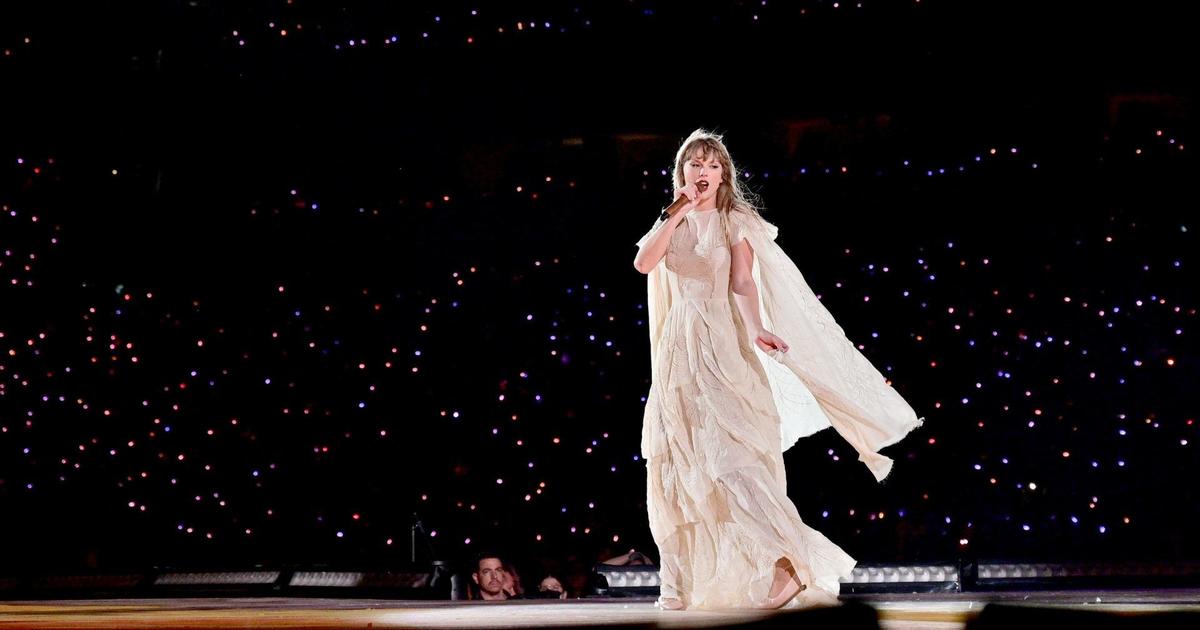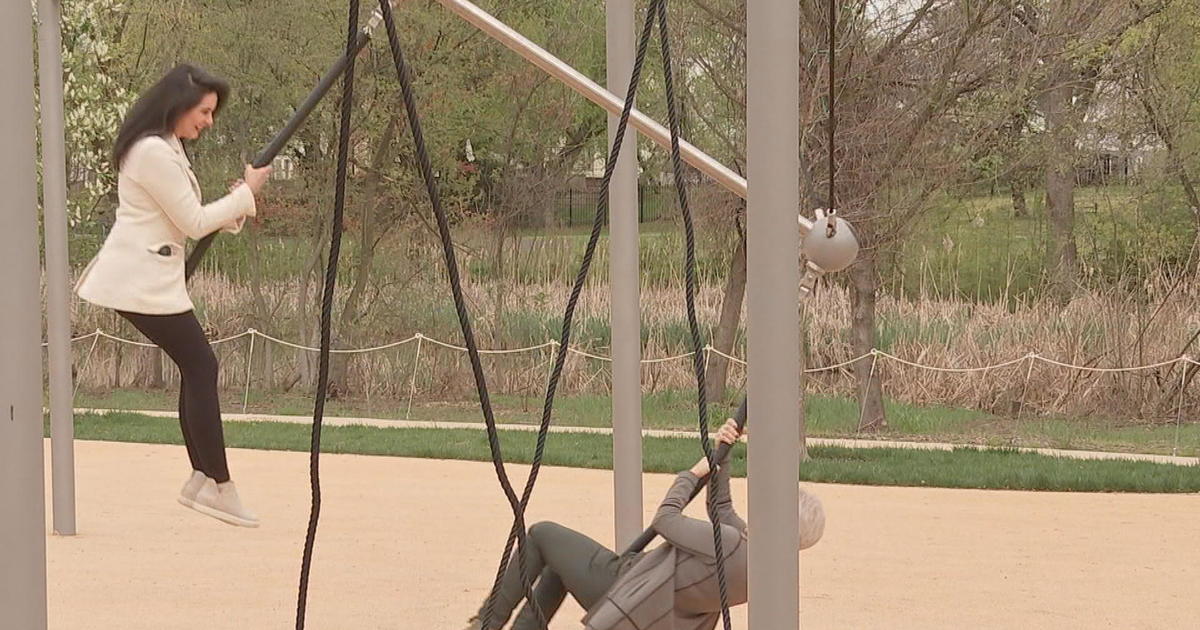Conflicting Body Language Between Dogs And Cats
By Nan Talleno
PHILADELPHIA (CBS) - Body language is an instinctive and extremely important source of communication for all animals. But, there can be discrepancies as to what certain things mean to different species.
For example, when a dog greets another dog, he/she will walk behind and sniff, but a cat greets by sniffing the face. This can present a conflict for both the dog and cat when first meeting.
Also a dog may go into a submissive posture by rolling on his back, but cats don't exhibit such submission; therefore if a cat is on her back the dog might interpret this as submission and an approach to play and the cat can quickly become defensive and may even attempt to scratch or bite.
A dog uses the "play bow" stance to initiate playtime, but since cats do not use such posturing, they may process this as a threatening lunge and become defensive, thus confusing the dog.
A cat shows affection by nuzzling up to an object of affection but for a dog pushiness can indicate dominance or possession.
Tail positioning is different too. For dogs, a tail held high and moving quickly can mean aggression or excitement and a level relaxed tail can mean calmness and friendship. But for a cat it's the opposite. A tail held high can signal friendship, while a lowered tail can signal trouble.
Dogs and cats, ultimately, despite their differences can and do learn to live peacefully together, which is genuinely a credit to them to overcome such instinctive obstacles.



